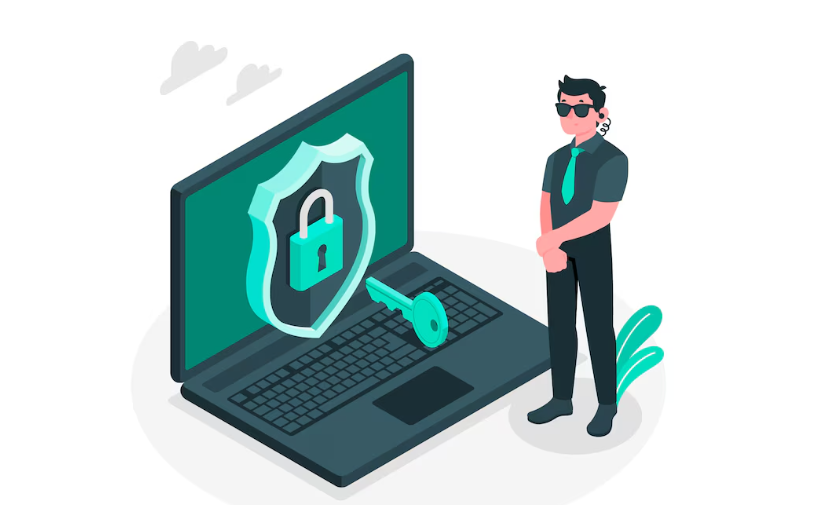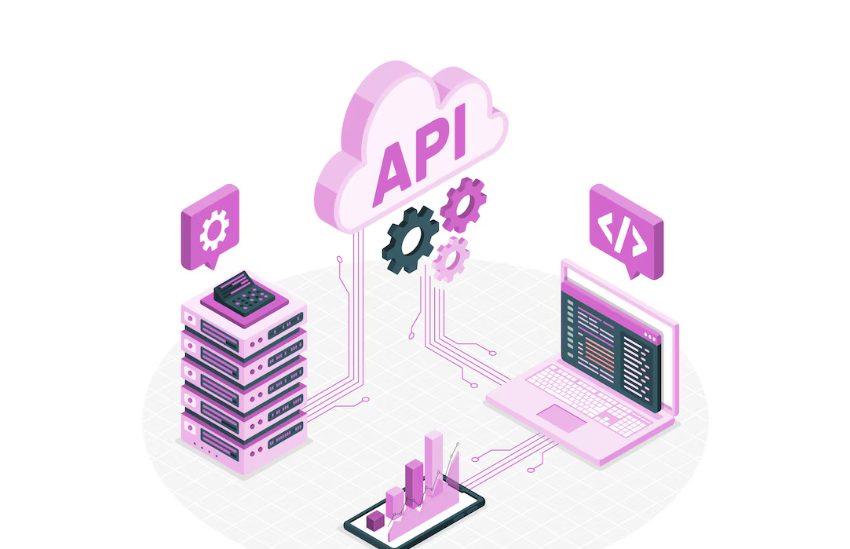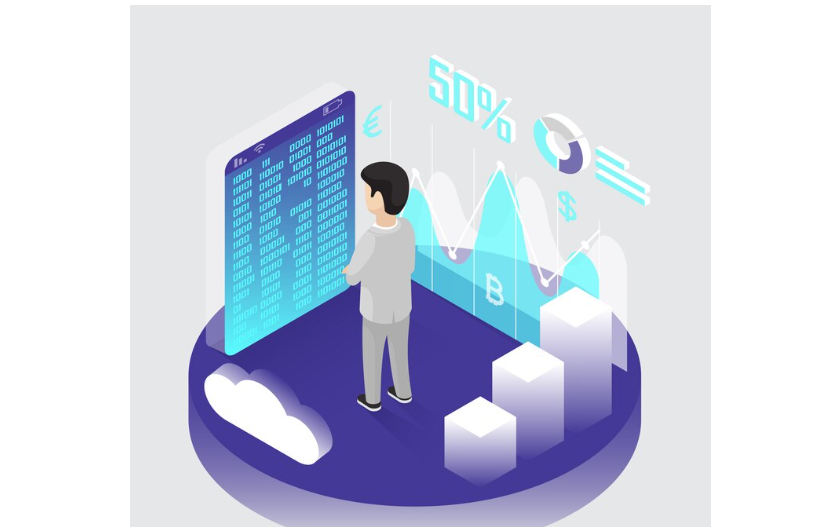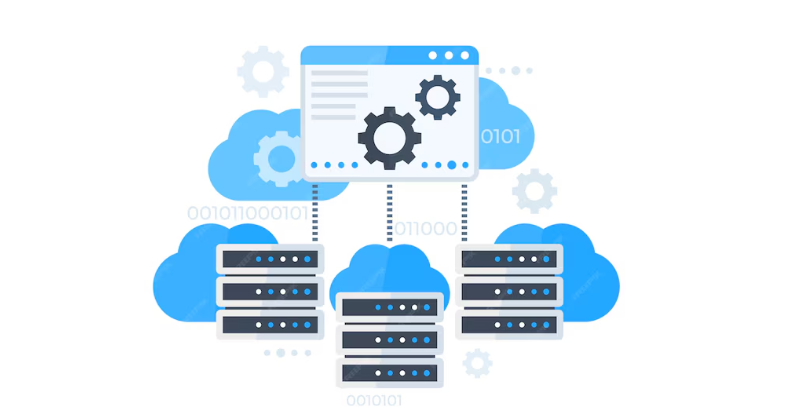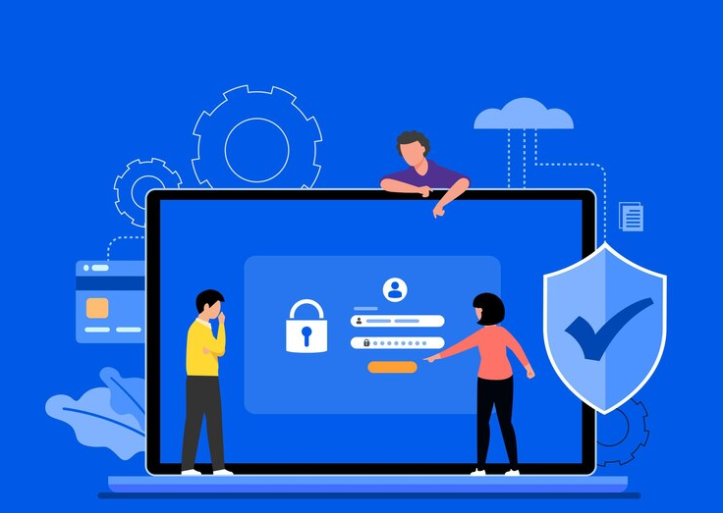Cybersecurity is any tools, procedures, and regulations used to stop or lessen the effects of cyberattacks. Cybersecurity aims to defend against ransomware, other malware, phishing scams, data theft, and other cyber threats by safeguarding computer systems, apps, devices, data, financial assets, and individuals. Have a look to the end to understand what is cybersecurity, and how does it apply to software solutions?
Cybersecurity is a crucial part of an organization’s entire risk management plan at the corporate level. Cybersecurity Ventures predicts that between 2021 and 2025, global spending on cybersecurity goods and services will surpass USD 1.75 trillion.
What Is Cybersecurity?
The practice of defending programs, networks, and systems from online threats is known as cybersecurity. Typically, the goals of these cyberattacks are to disrupt regular corporate operations, extract money from customers via ransomware, or access, alter, or delete important data.
Because there are more devices than humans attackers are becoming more creative. It is especially difficult to implement effective cybersecurity measures nowadays.
Several levels of protection are dispersed throughout the computers, networks, applications, or data that one wants to safeguard in an effective cybersecurity posture.
A unified threat management gateway system can expedite detection, investigation, and remediation—three critical security operations functions—and automate product integrations inside an enterprise. A successful defense against cyberattacks requires the cooperation of people, procedures, and technology.
Types Of Cybersecurity Threats
Have a look to the end and understand what is cybersecurity, and how does it apply to software solutions.
Cloud Protection
Cloud security improves visibility and intelligence to stop malware impacts and offers quick threat detection and mitigation. It is crucial for the security of apps, data, and users in hybrid and remote work environments. It provides strong protection in multi-cloud scenarios, simplifying security without compromising user productivity. Because cloud security is scalable, it can protect a growing number of users, devices, and cloud apps, guaranteeing thorough coverage at all possible attack sites.
Identity
Protecting people’s, devices’, and organizations’ digital identities is the goal of identity security and access management. This entails putting in place security procedures, instruments, and guidelines that regulate user account access and facilitate productive, risk-free access to critical data.
- Identity security’s three primary objectives are to:
- Verify a person’s identity
- Give permission to use the relevant resources.
- Keep an eye out for suspicious conduct and poor posture in access activities.
Phishing
Sending phony emails that look like they are from reliable sources is known as phishing. The most prevalent kind of hack is to steal private information, including login credentials and credit card details. Education or a technological solution that filters phishing emails are two ways you can help protect yourself.
Ransomware
Malicious software known as ransomware is made to extort money by preventing users from accessing files or the computer system until the ransom is paid. Restoring the system or recovering the files is not assured by paying the ransom. Have the ideas of what is cybersecurity, and how does it apply to software solutions, and how the ransomware software is going to help you maintain cybersecurity.
Social Engineering
One strategy used by opponents to fool you into disclosing private information is social engineering. The attacker may ask for money or obtain your private information. Any of the aforementioned dangers can be paired with social engineering to increase your likelihood of clicking on links, downloading malware, or placing your faith in a bad source.
Identification Of Threats
By integrating solutions from several security stacks, an efficient extended detection and response (XDR) system enables analysts to prioritize incident response, concentrate on thorough threat detection, and increase productivity. Events that would not have been addressed previously will come to light due to increased visibility and context into data security concerns. This will enable cybersecurity teams to promptly eliminate any additional effects and lessen the attack’s severity and scope.
No Trust
There isn’t a single technology or product with zero trust. The ideal way to adopt this security plan is to bear in mind the risks, business processes, and security results of a company. The majority of businesses prioritize the implementation of technologies like multi-factor authentication (MFA), device posture checks, zero-trust network access (ZTNA), and network segmentation when implementing zero-trust security, even though there are other ways to reach zero trust maturity.
What Are The Best Practices Of Cyber Security?
The danger of cyberattacks can be considerably decreased by using cybersecurity best practices.
Here are three essential procedures:
Frequent upgrades to operating systems and software
Patching vulnerabilities and improving security measures against possible threats are made easier with regular operating systems and software updates.
Making use of secure and distinctive passwords
Since weak or stolen passwords are frequently used by cybercriminals, creating strong and one-of-a-kind passwords for every online account helps improve cybersecurity.
Putting multi-factor authentication (MFA) into practice
By requiring several pieces of identity prior to account access, multi-factor authentication lowers the possibility of unwanted access. MFA is a feature of Cisco Duo that can interface with both bespoke apps and the majority of popular apps.
Adhering to these guidelines improves cybersecurity and safeguards digital assets. To keep ahead of hackers, it’s critical to remain alert and knowledgeable about the newest security dangers.
In Conclusion
What is cybersecurity, and how does it apply to software solutions? Hence cyberattacks and cybercrime have the potential to disrupt, harm, or even destroy communities, businesses, and individuals, cybersecurity is crucial. Identity theft, corporate and personal extortion, loss of sensitive data and business-critical information, brief business interruptions, lost revenue and consumers, and, in certain situations, business closures are all consequences of successful cyberattacks.
Businesses and the economy are greatly and increasingly impacted by cyberattacks. By 2025, cybercrime is predicted to cost the global economy USD 10.5 trillion annually.3. As cybercriminals get more skilled, the cost of cyberattacks keeps increasing.
